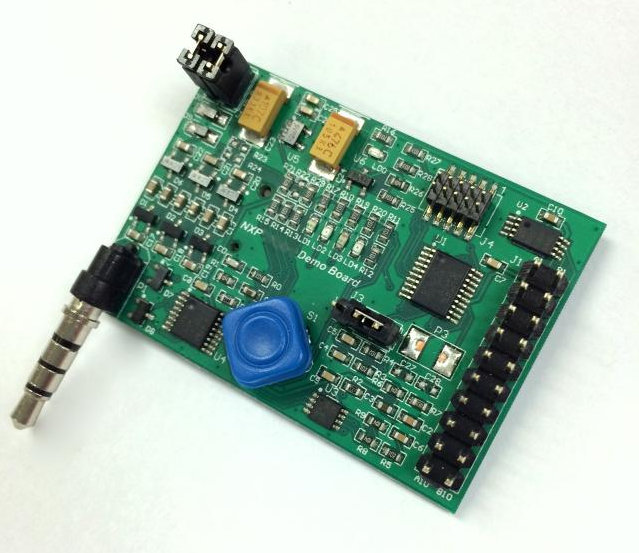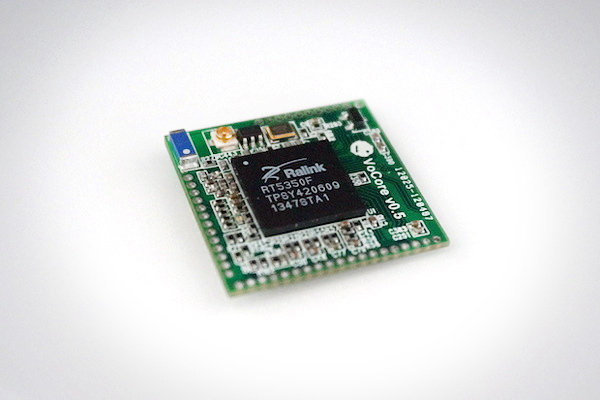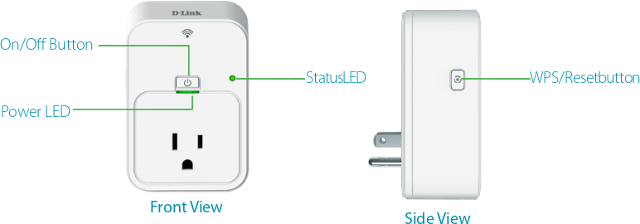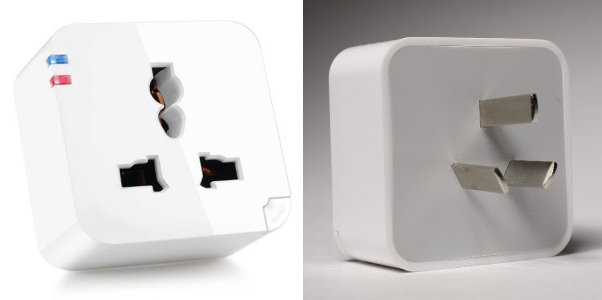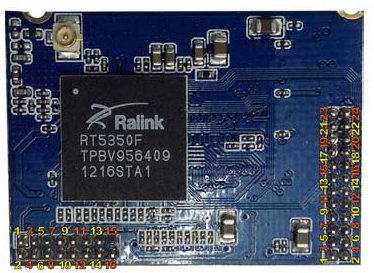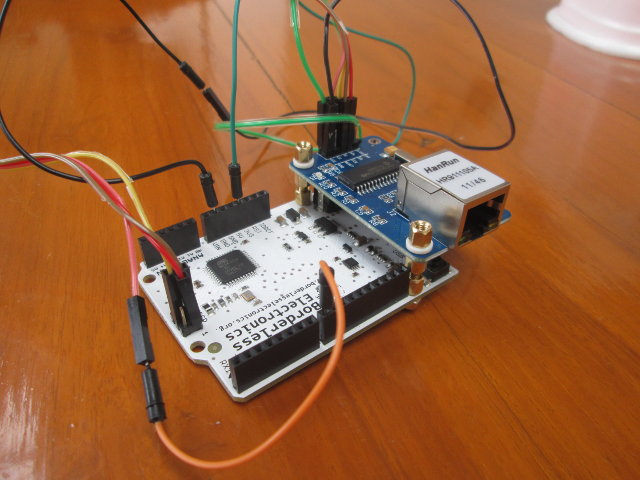We already knew the audio jack on your mobile device was not only for your headset, thanks to small items like Pressy hardware button. But it’s actually possible to do much more, as shown by NXP smartphone quick-jack solution, a board that can interface sensors to your Android smartphone / tablet or iPhone / iPad via the headphone/microphone jack of your device. The company claims it can be used for various applications such as cloud-based tracking of sensor data, external input devices to smartphone, wearable health monitors, personal exercise trackers, handheld weather stations, handheld inventory monitors, handheld/portable POS devices, and universal remote controls, using powered harvested from the audio jack, and optionally a battery. Let’s go through the hardware specifications of this little board codenamed OM13069: MCU – NXP LPC812 ARM Cortex M0+ MCU @ 30 MHz with 16KB flash, 4KB SRAM On-board peripherals – Joystick, temperature sensor, and LEDs […]
Prpl Non-Profit Organization to Work on Linux, Android, and OpenWRT for MIPS based Processors
In what looks like an answer, albeit fairly late, to Linaro, the non-profit organization working on open source software for ARM based SoCs, a consortium of companies composed of Imagination Technologies, Broadcom, Cavium, Lantiq, Qualcomm, Ingenic, and a few others, has funded Prpl (pronounced Purple), “an open-source, community-driven, collaborative, non-profit foundation targeting and supporting the MIPS architecture—and open to others—with a focus on enabling next-generation datacenter-to-device portable software and virtualized architectures”. The Prpl foundation will focus on three key objectives: Portability – To create ISA agnostic software for rapid deployment across multiple architecture Virtualization & security – To enable multi-tenant, secure, software, environments in datacenter, networking & storage, home, mobile and embedded Heterogeneous Computing – To leverage compute resources enabling next generation big data analytics and mining Initially there will PEG (Prpl Engineering Group) to take of the following projects for 4 market segments (datacenter, network & storage, connected consumers, […]
$15 Open Source Hardware VoCore Wi-Fi Module Runs OpenWRT (Crowdfunding)
There are already low cost Wi-Fi modules that can be used for the Internet of Things such as AsiaRF AWM002 and Hi-Link HLK-RM04. However, AsiaRF mainly caters to companies, and the Hi-Link module has a limited memory (16MB), which may or may not be an issue depending on your application. VoCore Wi-Fi module could prove to be an interesting option as it is the same $15 to $20 price range, runs OpenWRT with 32 MB RAM, will be open source hardware, and provides up to 20 GPIOs in a tiny (25x25mm) form factor. VoCore Wi-Fi module specifications: SoC – Ralink/Mediatek RT5350 MIPS processor @ 360MHz with dual band 802.11n Wi-Fi with data Rate up to 150Mbps System Memory – 32 MB RAM Storage – 8MB SPI Flash (for firmware) / 16 MB on limited edition Available Signals (Via through holes): 10/100M Ethernet USB UART, I2C, SPI I2S, PCM JTAG Over 20 […]
DLink Introduces DSP-W215 Wi-Fi Smart Plug for iOS and Android
D-Link is entering the automation market with a Wi-Fi smart plug (Model DSP-W215) that configurable via WPS, allows you to control and monitor your electrical appliance via Android 4.0+ and iOS6+ mobile devices, and it even has an overheating protection mechanism that can apparently detect if the plug or the device itself overheats. Let’s go through the technical specifications: Wi-Fi – IEEE 802.11n (According to pictures found via FCC filings, the chipset is Atheros AR1311_AL1A) Misc – Power / Status LEDs, On/Off button Dimensions – 9 x 6.10 x 3.56 cm (3.54″ x 2.40″ x 1.40″) Weight – 125 g (4.41 ounces) Power Input – 100 to 125 V AC / 5W maximum power consumption Temperature Range – Operating: 0 to 40 °C, Storage: -20 to 65 °F Humidity – Operating: 10% to 90% non-condensing, Storage: 5% to 95% non-condensing Based on these specs, since it can only work between 100 […]
Kankun KK-SP3 is a $20 Wi-Fi Smart Socket for Android and iOS
I’ve already featured Broadlink SP1 and SP2 smart socket on this blog. The former is a simple Wi-Fi smart socket for Android and iOS, and the later adds support for motion sensing and energy monitoring. They cost respectively about $30 and $45 including shipping. I’ve discovered another cheaper option with Kankun KK-SP3 via DealExtreme ($23.75), but it can also be found on Aliexpress for as low as $19.99 including shipping. If you live in China, It’s available on Taobao for 99 RMB ($15.82). Here are the specs of this smart socket: Power Plug – Three flat-pin plug (Australia type) Wi-Fi – 802.11 b/g/n, 15 dbm. Texas Instruments Wi-Fi module (CC3000?) Input Voltage – 90~265V @ 50-60 Hz Output Current – 10A Maximum Power – 2200W Dimensions – 5.3 cm x 5.3 cm x 2.8 cm Temperature Range – -10 to 55°C Unless you live in Australia, China, Argentina, New Zealand, […]
$15 AsiaRF AWM002 & AWM003 Wi-Fi Modules Run OpenWRT, Expose GPIOs
This week-end I explained how to build a web server that could be used for automation and other Internet of things applications for less than $15 by combining an Arduino Leonardo with ECN18J60 Ethernet module. The hardware itself is cheap, but it may not always be convenient, or cost effective, to wire your house or office with Ethernet cables. One solution is to use Wi-Fi modules such as TI CC3000 evaluation module, an Electric Imp module, or Ariettea G25 + Wi-Fi board, but these usually cost between $30 to $50 in single quantity. AsiaRF AWM002 and AWM003 are low cost 802.11n Wi-Fi modules with access to GPIOs that could be an interesting alternative as they cost $15 + shipping, and even below $10 in quantities. The only difference between the two is that AWM003 supports more RAM (64MB vs 32MB). Here are the specifications for these modules: SoC – Mediatek/Ralink […]
How to Make a $15 Web Server for IoT Applications
If you have an embedded project that requires some GPIOs, and Ethernet connectivity, you now have a few choices of low cost low boards such as the Raspberry Pi with Broadcom ARM11 SoC for $35 + shipping, Texas Instruments Connected LaunchPad with an ARM Cortex M4 MCU for $20 including shipping, and today I’ve given a try at a solution to run an HTTP server with an Arduino Leonardo clone connected to ENC28J60 Ethernet module that together cost about $15 including shipping. This Ethernet module has been around for a while and is well supported, I just never took the time to give it a try before. I’ve purchased ENC28J60 module on eBay for $3.46 and connected it via SPI to an Arduino Leonardo clone I acquired as part of a kit via Indiegogo for $12. The kit is not available for purchase outside the crowdfunding campaign, but you can […]
Embedded Linux Conference 2014 Schedule
The Tenth Embedded Linux Conference (ELC 2014) will take place on April 29 – May 1, 2014 at the San Jose Marriott in San Jose, California. The event will feature 90+ sessions on embedded Linux, Android and IoT with over 450 attendees expected to attend. It will also be co-located with Android Builders Summit and the AllSeen Alliance Hackfest. Even if you can’t attend it’s still interesting to see what will be discussed at the event to get a grasp of on-going developments, learn a few things about different optimization techniques, and so on. So I’ve gone through the sessions’ description, and I’ve designed my own virtual schedule with sessions that could be of interest. April 29 9:00 – 9:30 – Keynote: The Paradox of embedded and Open Source by Tim Bird, Sony Mobile Linux has taken the embedded world by storm. Billions (with a ‘B’) of devices have now shipped […]


